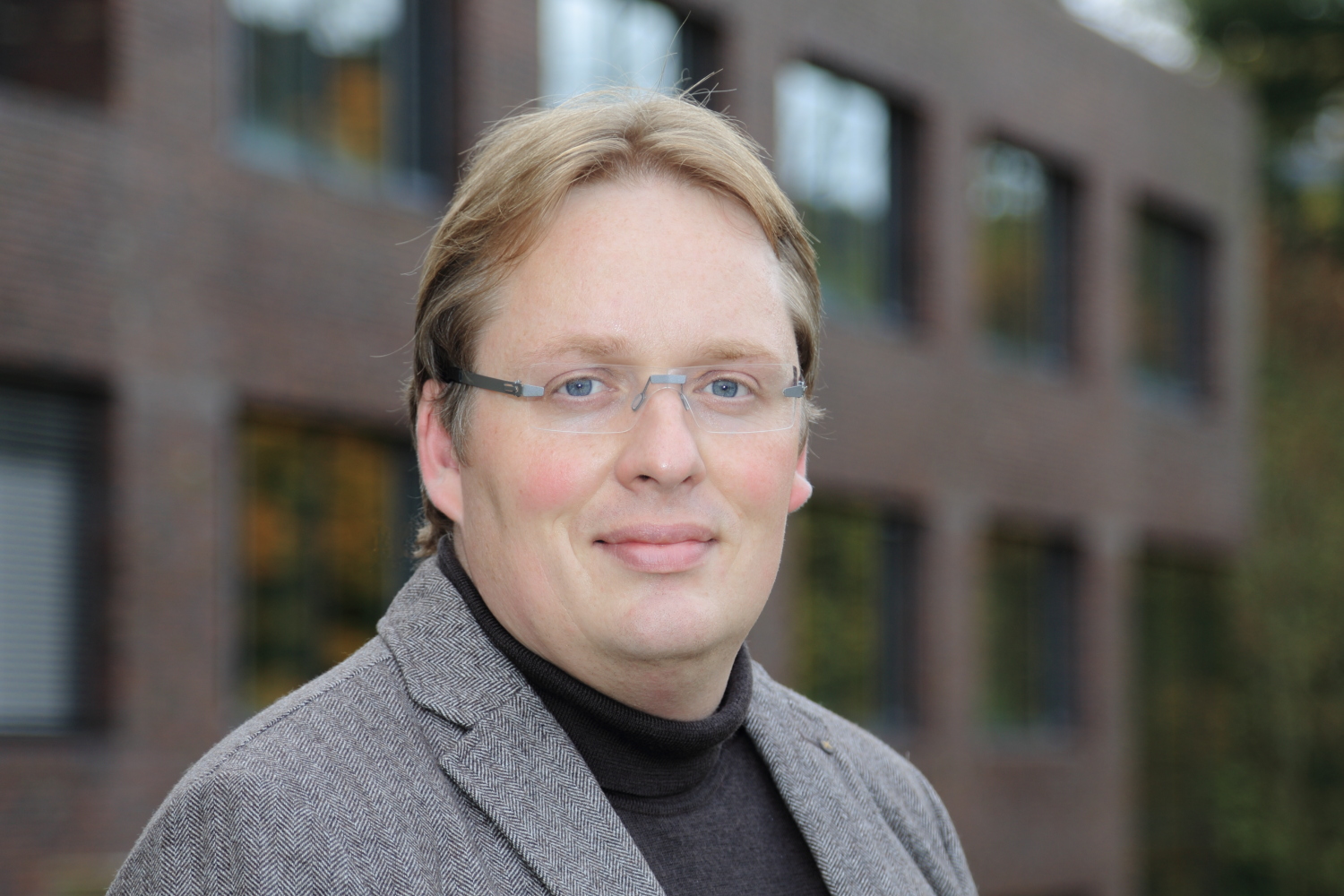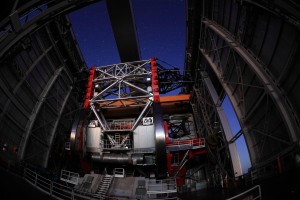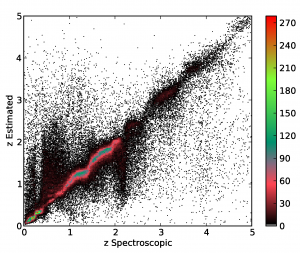Computer Science helps astronomers exploring the sky

The new HITS research group “Astroinformatics” will develop methods and software for astronomers and help facilitating the analysis and processing of the rapidly growing amount of data in astronomy. The junior group led by Kai Polsterer will work closely with other astronomical research groups in Heidelberg.
The new junior research group “Astroinformatics” has recently commenced its activities at the Heidelberg Institute for Theoretical Studies (HITS). It will develop new approaches for analyzing and processing the continuously growing amount of data in astronomy, which is stored in various archives. Physicist and computer scientist Dr. Kai Polsterer leads the group. With this, HITS comprises a total of nine research groups.
“We focus on using new approaches to support observing scientists with their research,” says Kai Polsterer. The newly established junior group complements the activities of the research group “Theoretical Astrophysics”, led by Prof. Volker Springel, which deals with computer simulations for galaxy formation and the role of dark matter. In the spring of 2015, yet another research group will be established and further strengthen the studies of Astrophysics at HITS. The focus of this research group will be on high-energy astrophysics.

In the past twenty years, computers have revolutionized astronomy. Due to new detectors and innovative telescopes, today’s astronomers can observe objects in unprecedented extend and with high resolution. Adding to this, there are new, untapped wavelength-regimes. Special “Survey Telescopes” map the sky and constantly collect data. Kai Polsterer wants to improve astronomers’ access to data that is available in archives in such a way as to promote a more intuitive research. As an example, he mentions the “Sloan Digital Sky Survey” which maps the sky with images in five wavelengths and detailed spectroscopy, and makes them digitally available. “There are many treasure chests full of data to be unearthed, but it is not easy for astronomers to actually browse the data, i.e. to do exploratory work,” the 37-year-old says. In a first step, he wants to develop tools that automatically extract object features from the data at hand, such as the so-called redshift. The redshift indicates how far away a galaxy is from us. A significant metrological effort is required in order to directly measure this distance. Therefore, the model-based, statistical values are very important for astronomers.

“The amount of data increases exponentially. The number of astronomers does not,” says Kai Polsterer. Methods of computer science can be of great help in dealing with this situation. For that reason, the new HITS group is working to increase the popularity of machine learning approaches in astronomy. Kai Polsterer is an expert in both areas: After having received his diploma in Computer Science from the Technical University of Dortmund, he earned his doctorate in Physics and Astronomy at the University of Bochum. Later on, he was head of software development in the project “Lucifer” at Bochum University. The Heidelberg State Observatory (Landessternwarte Heidelberg, LSW) and the Max Planck Institute for Astronomy (MPIA) are involved in this project as well. “Lucifer” is a combination of camera and spectrograph at the world’s largest optical telescope, the Large Binocular Telescope in Arizona. This instrument was built for studies in the near-infrared spectral range, which is invisible to the eye. Kai Polsterer will continue to work closely with the two Heidelberg facilities LSW and MPIA, as well as with the “German Astrophysical Virtual Observatory” led by Prof. Joachim Wambsganss (Heidelberg University).
Press contact:
Dr. Peter Saueressig
Public Relations
Heidelberg Institute for Theoretical Studies (HITS)
Phone: +49-6221-533 245
Peter.saueressig@h-its.org
www.h-its.org
Twitter: @HITStudies
Scientific Contact:
Dr. Kai Polsterer
Junior Group leader
Astroinformatics
Heidelberg Institute for Theoretical Studies (HITS)
Phone: +49-6221-533 314
kai.polsterer@h-its.org
www.h-its.org
Twitter: @AstroInformatix
About HITS
HITS, the Heidelberg Institute for Theoretical Studies, was established in 2010 by physicist and SAP co-founder Klaus Tschira (1940-2015) and the Klaus Tschira Foundation as a private, non-profit research institute. HITS conducts basic research in the natural, mathematical, and computer sciences. Major research directions include complex simulations across scales, making sense of data, and enabling science via computational research. Application areas range from molecular biology to astrophysics. An essential characteristic of the Institute is interdisciplinarity, implemented in numerous cross-group and cross-disciplinary projects. The base funding of HITS is provided by the Klaus Tschira Foundation.